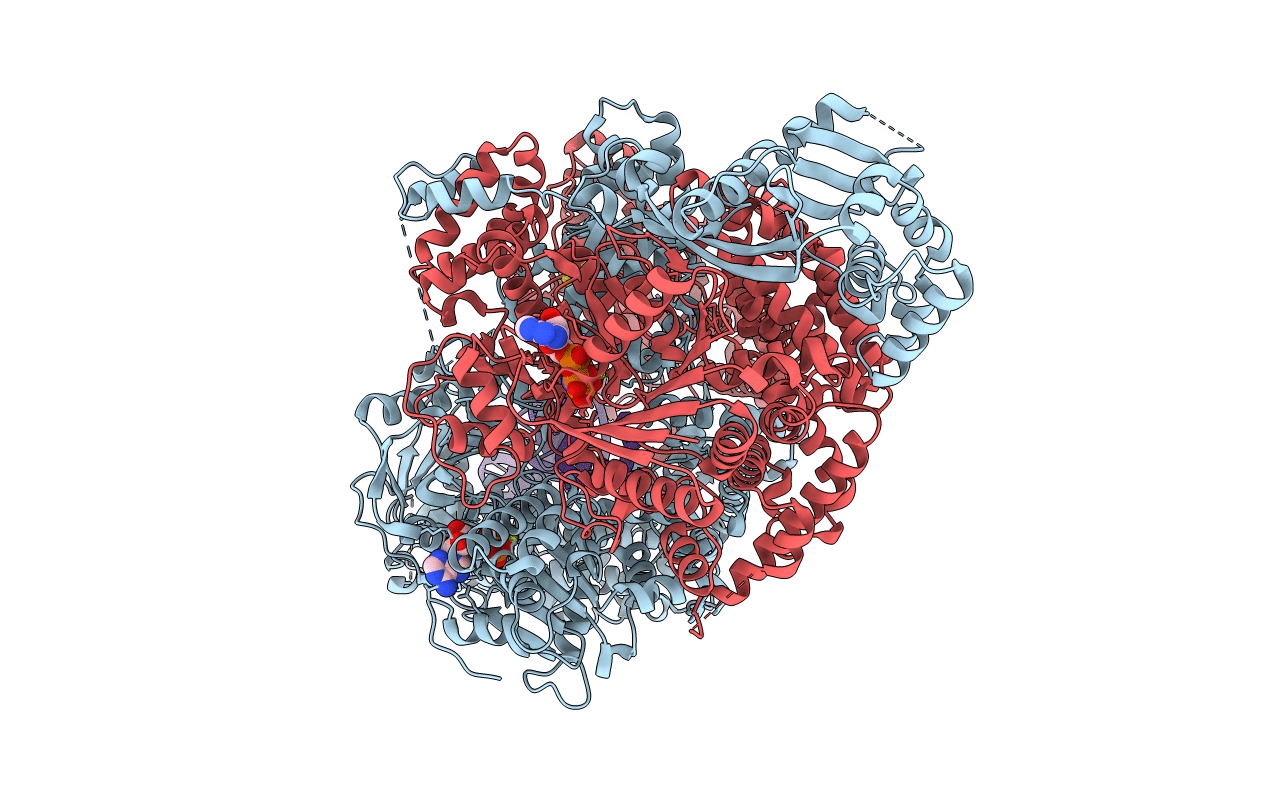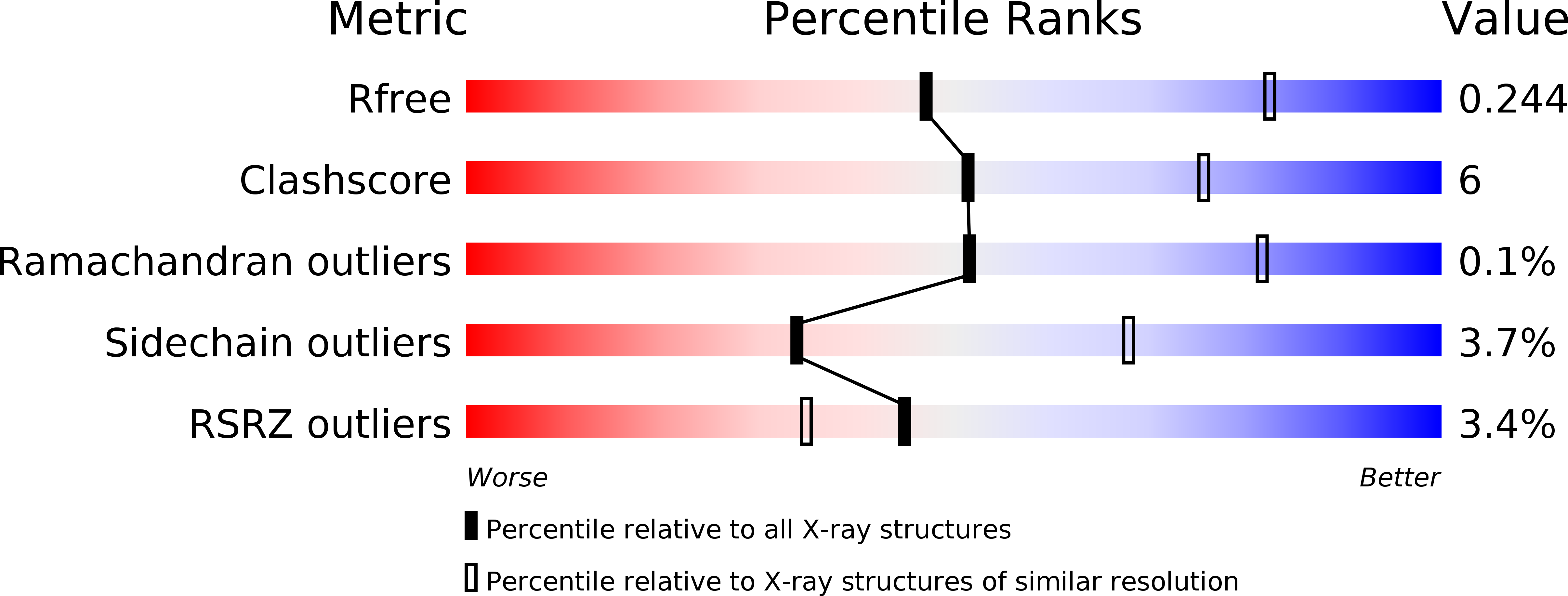
Deposition Date
2013-11-11
Release Date
2014-03-12
Last Version Date
2023-12-20
Entry Detail
PDB ID:
4CEI
Keywords:
Title:
Crystal structure of ADPNP-bound AddAB with a forked DNA substrate
Biological Source:
Source Organism:
BACILLUS SUBTILIS SUBSP. SUBTILIS STR. 168 (Taxon ID: 224308)
SYNTHETIC CONSTRUCT (Taxon ID: 32630)
SYNTHETIC CONSTRUCT (Taxon ID: 32630)
Host Organism:
Method Details:
Experimental Method:
Resolution:
2.80 Å
R-Value Free:
0.23
R-Value Work:
0.19
R-Value Observed:
0.19
Space Group:
P 1 21 1


